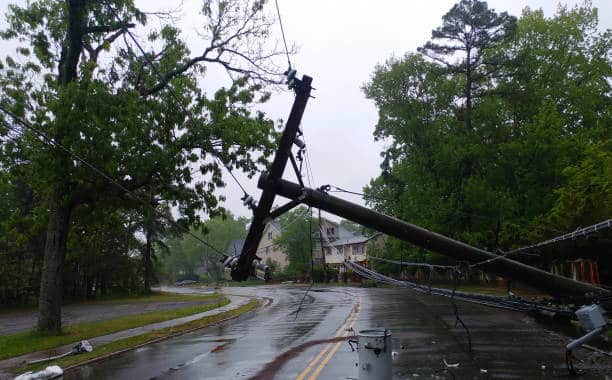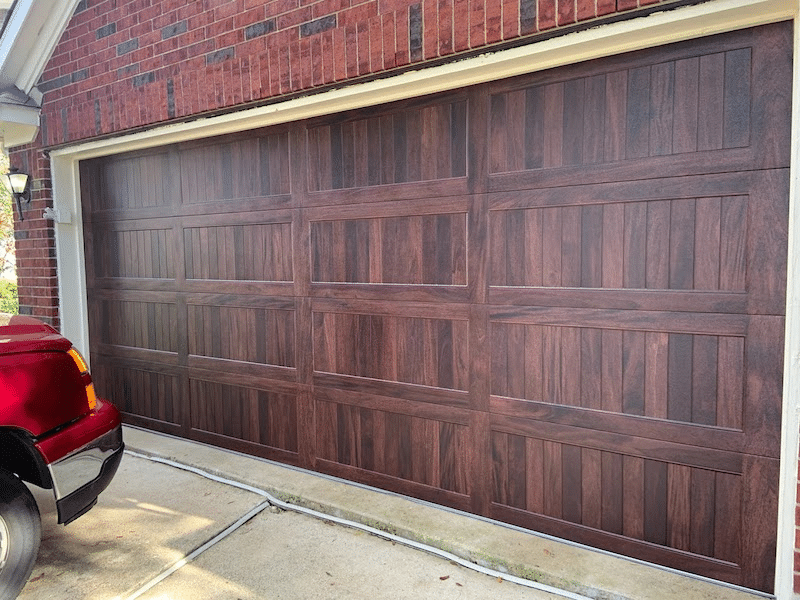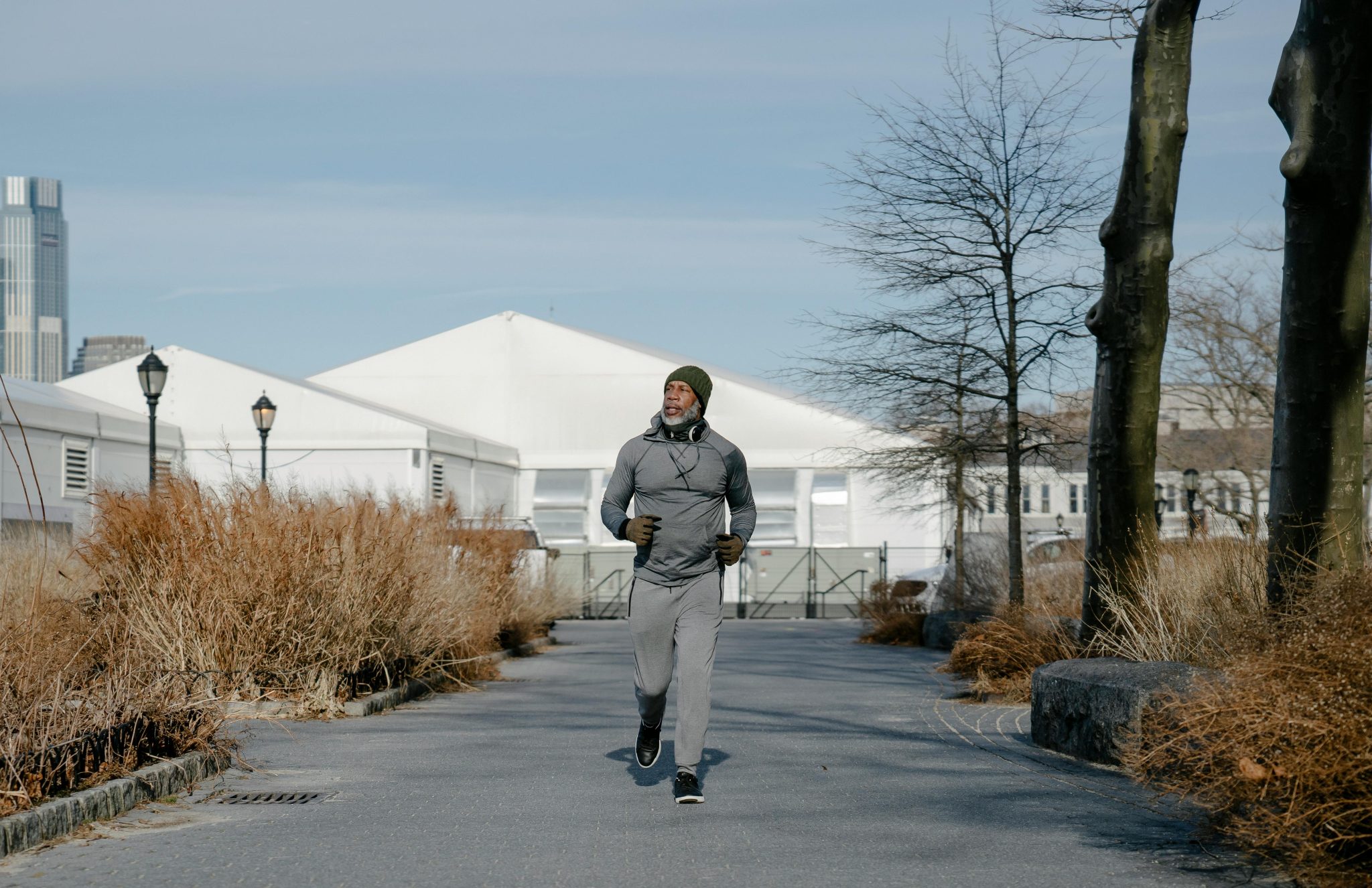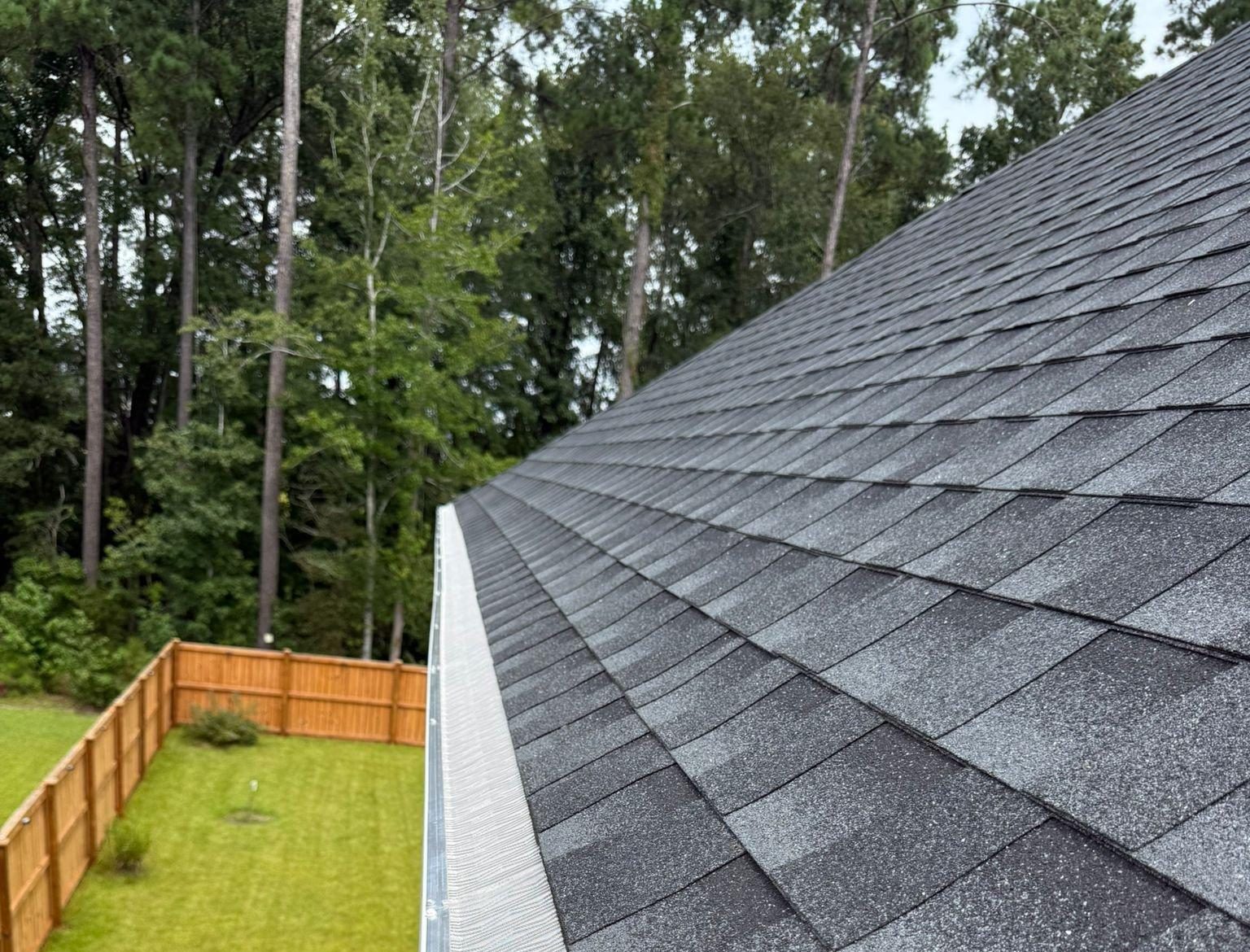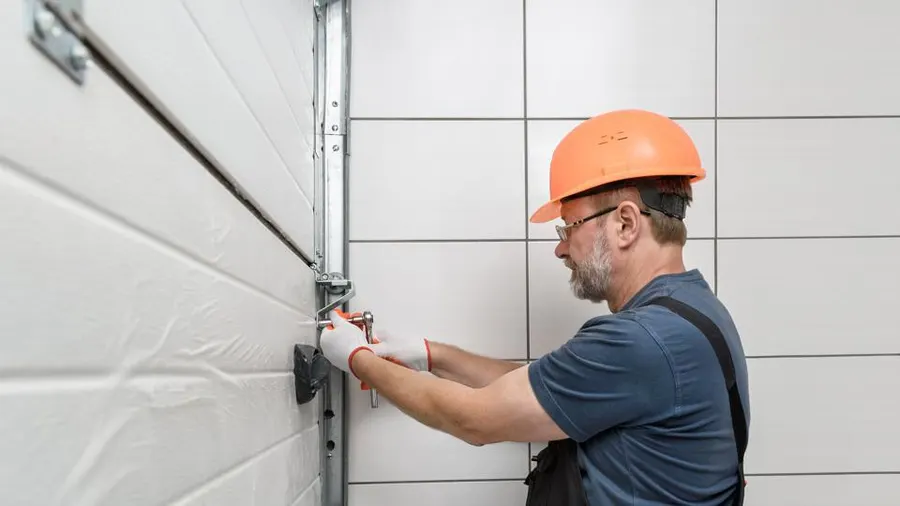Why Tree Maintenance is Key After Seattle’s Stormy Winters
Seattle’s winter storms can be tough, battering trees and changing the scenery in unexpected ways. Many trees bear the marks of these harsh conditions—some may bend under the weight of ice or snap in strong winds. Beyond their beauty, healthy trees improve community life, offering shade, clean air, and habitats for wildlife. Checking on our trees after such weather is important for both property owners and local authorities.
After a storm, assessing damage and planning maintenance can greatly affect the short- and long-term health of trees. It starts with spotting visible damage but often uncovers deeper issues. Knowing the steps—from fixing hazards to encouraging recovery—helps create healthier urban forests and protects neighborhoods from future storms.
Spotting Visible and Hidden Tree Damage
Visible signs of storm damage can clearly show a tree’s condition. Broken branches, fallen limbs, and tilting trunks are immediate concerns that need attention. Fixing these issues quickly protects property and keeps the community safe. A simple visual check is a good start for further evaluation.
Hidden problems often require a closer examination. Internal cracks or damaged root systems may not be immediately visible but can significantly weaken a tree if left unaddressed. Hiring tree experts for a detailed inspection helps identify these hidden issues early, enabling appropriate care to promote long-term tree health.
Handling Safety Risks from Storm-Damaged Trees
Storm-damaged trees can be dangerous, threatening homes, power lines, and pedestrians. Trees leaning dangerously or with broken branches might fall without warning, causing injuries or property damage. Identifying these hazards quickly is key to keeping the community safe and restoring normalcy after severe weather.
Bringing in a professional arborist can uncover unstable trees that might escape notice, such as those with hidden root damage or internal cracks. After a thorough check, taking immediate action, such as stabilizing with cables or removing risky trees, helps prevent accidents. Scheduling regular tree check-ups, especially in areas prone to Seattle’s heavy winds, also makes the area safer during bad weather.
Steps to Help Trees Recover After a Storm
Pruning damaged branches is essential for helping trees recover after storms. Using proper cutting techniques not only removes dangers but also encourages new growth. Thoughtful pruning lets more sunlight and air reach the inner canopy, helping the tree grow stronger over time.
Activities like soil aeration and fertilization help roots stay healthy. For example, after Seattle’s heavy winter rains, aerating the soil reduces compaction from water, letting nutrients and water soak in better. Using phosphorus-rich fertilizers gives trees a boost to recover quickly. Regular check-ups on tree health can catch issues early, like root rot or pests, benefiting both the trees and their environment.
Getting Trees Ready for Future Storms
Building stronger trees before the next storm involves targeted care techniques. Selective trimming creates a more balanced canopy, reducing the chance of branches breaking in harsh weather. Adding support cables, when needed, can help vulnerable trees stay upright during strong winds.
Choosing sturdy, wind-resistant tree species, like Douglas fir or western red cedar, also helps in the long run. Planting these resilient varieties supports the environment and enhances safety by reducing the likelihood of storm damage. Routine care, such as regular inspections, encourages trees to grow strong enough to handle extreme conditions.
The Benefits of Regular Tree Care
Taking care of trees regularly has many benefits, especially in reducing the damage caused by severe storms. Well-maintained trees are less likely to fail, cutting down on emergency removal or repair costs. Investing time and effort in tree care saves money and supports a healthier urban environment.
Healthy trees also make neighborhoods more beautiful, creating parks and green spaces that improve community life. For example, tree-lined streets in Seattle’s Ballard neighborhood provide cooler temperatures in summer and habitat for native birds. Developing a tree care plan tailored to Seattle’s wet winters and dry summers helps urban forests thrive.
Storms may challenge Seattle’s trees, but proactive care can mitigate damage and foster resilience. Begin by assessing both visible and hidden issues, which may include broken branches or root damage, to address immediate hazards and promote long-term stability.
Consulting arborists for expert evaluations enhances tree recovery and community safety. Post-storm actions like pruning, soil aeration, and fertilization support healthier growth. Preparing for future storms with sturdy species and routine maintenance strengthens urban forests.
Incorporating these practices helps property owners and local authorities protect Seattle’s trees, reduce risks, and preserve the environmental and social benefits they provide for years to come.

